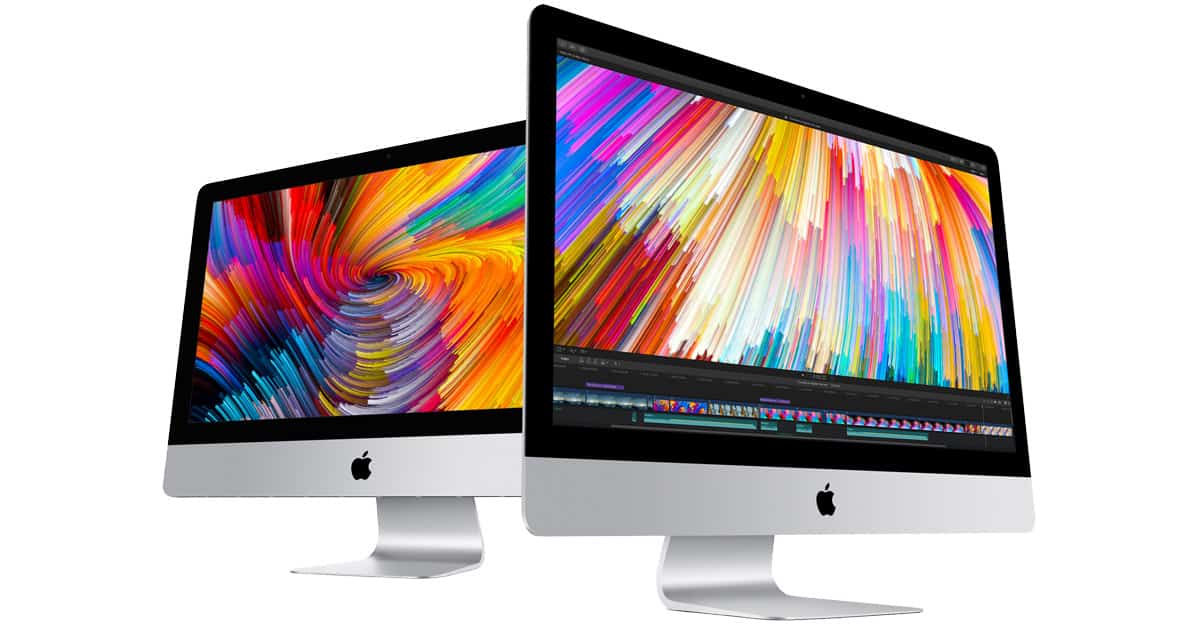I’ve been an iMac user for a long time, ever since Apple first switched to Intel processors. Over the years, I’ve bought several models, but the one that stuck with me the most has been my trusty 27″ iMac — an Intel i7 with 32GB of RAM and a 2TB SSD. That machine is now over a decade old, and you know what? It still runs like a dream. Quiet, fast, and rock solid.
But here’s the thing: Apple doesn’t care.
Apple has stopped supporting it. I’m now three major macOS versions behind, and the writing is on the wall. The other day I tried to join a Teams meeting only to be told my Mac was “too old.” Not slow. Not broken. Just unsupported. Perfectly good hardware — abandoned because Apple decided its time was up.
This is the definition of planned obsolescence. Apple isn’t forcing me to upgrade because my machine can’t keep up. They’re forcing me to upgrade because they’ve arbitrarily cut off support. It’s an insult to customers who’ve spent thousands on these machines. My iMac could easily last another five to ten years, but Apple is pushing it to the scrapheap instead.
And what’s worse? The iMac line as we knew it is dead.
Back when I bought mine, the 27″ iMac was the ultimate machine — a gorgeous all-in-one with pro-level performance at a price that, while premium, still made sense. Today, if you want something comparable, your only option is a Mac Mini with a Studio Display, or a Mac Studio setup. The price? Utterly ridiculous. £1,700 minimum if you want something decent, and if you want a “pro” configuration, prepare to hand over £5,000. For what? For the privilege of staying in Apple’s walled garden.
And let’s be brutally honest: the value just isn’t there anymore.
The dirty little secret is that Windows has caught up. In fact, I’ll go further: Windows 11 is now every bit as good as macOS. Maybe not quite as polished in some corners, but close enough that it doesn’t matter. The old argument that “Macs just work” feels hollow when you’re staring down a five-grand bill for what is essentially the same performance you can get from a PC for half the price.
Then there’s WSL — Windows Subsystem for Linux. With that, I’ve got all the Linux tools I need baked right into Windows. Ten years ago, that was unthinkable. Today, it’s seamless.
So I’ve done the unthinkable: I’ve left Apple.
I’ve moved to a high-spec HP all-in-one running Windows 11. And here’s something Apple doesn’t want to hear: HP is making very decent all-in-one computers. Stylish, powerful, well thought-out — the sort of machines that prove this category still matters. Apple might have walked away from the iMac’s pro-sized legacy, but I suspect they’ll come to regret it. For many of us, the all-in-one remains the perfect balance of simplicity, power, and design. And right now, HP is carrying that torch better than Apple.
And guess what? The transition has been smooth. Painfully smooth. My files are in the cloud. My apps are cross-platform. I’m not losing anything except the shiny badge on the lid of my machine. Sure, I’ll miss some of the design elegance of macOS, but I won’t miss the feeling of being gouged just to keep my system current.
This is the real reason Apple is losing me. It’s not because the hardware isn’t great — it is. It’s not because macOS isn’t brilliant — it is. It’s because Apple has decided that longevity and customer loyalty don’t matter. They’re in the business of selling new machines, not supporting existing ones. They want you locked into the treadmill: buy, upgrade, repeat.
And for me, that’s not acceptable anymore.
A company that prides itself on design and innovation should also be proud of building machines that last. Mine did last. But Apple made it obsolete anyway. And the insult isn’t just that I can’t run the latest software — it’s that I’m being told the only way forward is to spend thousands more for a machine that isn’t meaningfully better for my needs.
So this is goodbye, Apple. Thanks for the memories, the beautiful hardware, and the years of productivity. But I’m done with your upgrade treadmill.
Windows is good enough now. PCs are cheaper, more flexible, and more open. And thanks to HP, the all-in-one computer still has a future.
And here’s the kicker: because of this change, my next phone upgrade will most likely not be an Apple device either. Once you break out of Apple’s ecosystem on the desktop, the iPhone suddenly looks less indispensable. If Apple has lost me on the Mac, chances are they’ve lost me on the iPhone too.
Goodbye iMac. It’s been a blast. But the party’s over.
